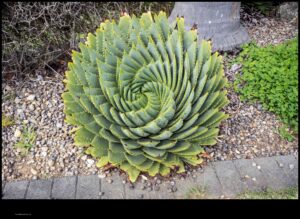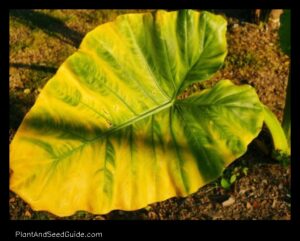Elodea is a genus of aquatic plants that are commonly found in freshwater habitats.
This article will discuss the factors that affect the number of energy storage molecules that the elodea plant can make.Elodea plants are known for their ability to store energy in the form of starch..
What are Elodeas?
Elodeas are a genus of aquatic plants that are commonly found in freshwater habitats. Elodea plants are characterized by their long, thin stems and their small, delicate leaves. Elodea plants are a popular choice for aquariums and ponds because they are easy to care for and they help to keep the water clean.
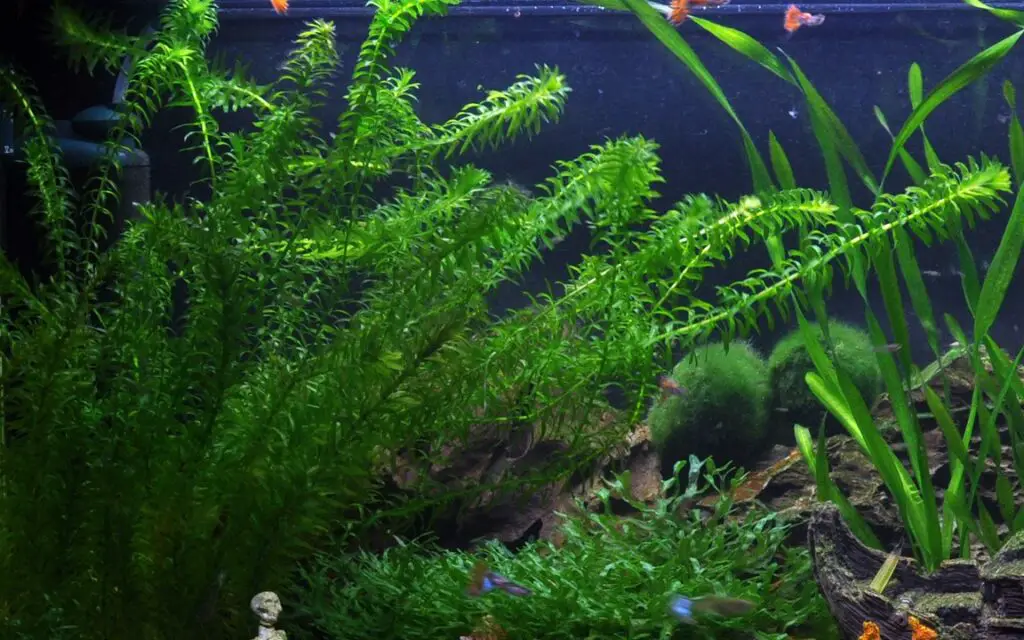
Elodeas Energy Storage Molecules
Elodea plants are able to store energy in the form of starch. Starch is a complex carbohydrate that is made up of glucose molecules. Elodea plants produce starch through the process of photosynthesis. Photosynthesis is the process by which plants use sunlight to convert carbon dioxide and water into glucose and oxygen.
How do Elodea Plants Store Energy?
Elodea plants store energy in the form of starch in their leaves.

Chloroplasts are organelles that are found in the cells of plants. Chloroplasts contain chlorophyll, which is a green pigment that is responsible for photosynthesis.The starch is stored in small sacs called chloroplasts..
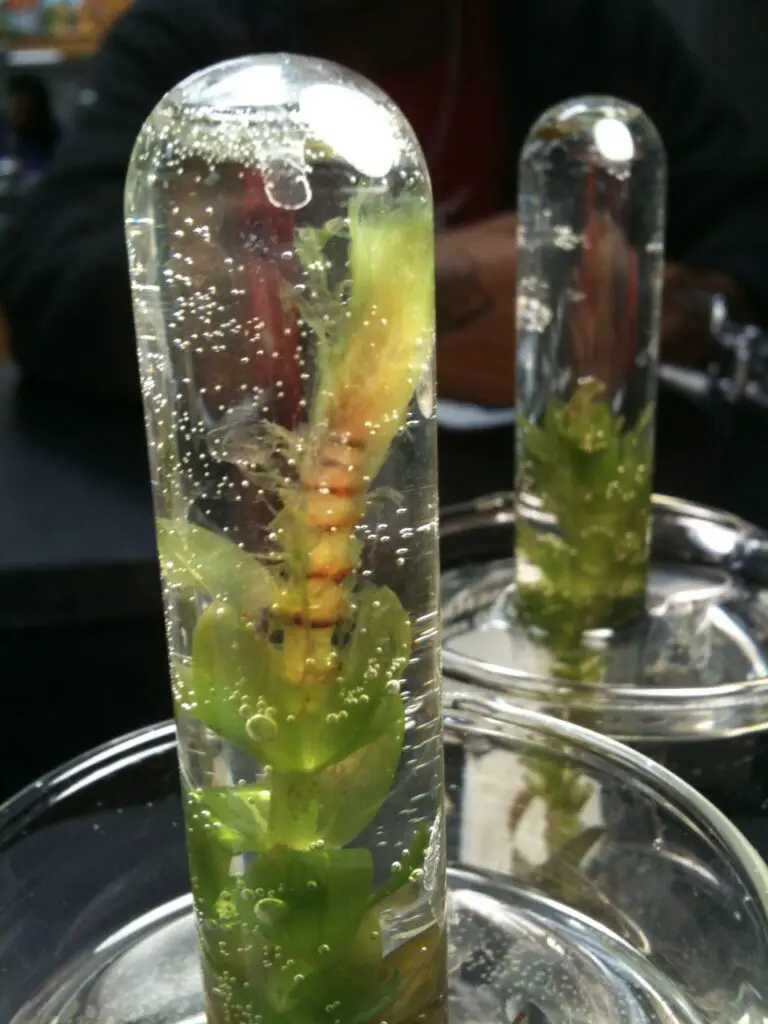
Benefits of Elodea Plants
Elodea plants have a number of benefits, including:
- They help to keep the water clean by absorbing nutrients and pollutants.
- They provide a habitat for fish and other aquatic organisms.
- They can be used to control algae growth.
- They are a source of food for some animals, such as ducks and geese.
How to Grow Elodea Plants
Elodea plants are easy to grow and can be grown in a variety of containers, including aquariums, ponds, and water gardens. Elodea plants can be grown from seeds or cuttings.
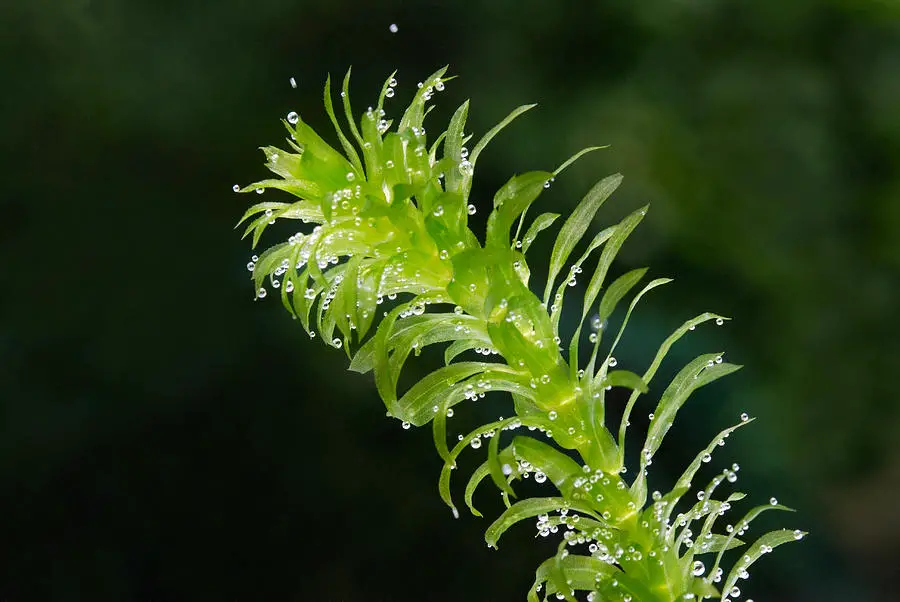
- To grow elodea plants from seeds, sow the seeds in a shallow container of water. The seeds will germinate in a few weeks.
- To grow elodea plants from cuttings, take a cutting from a healthy plant and place it in a container of water. The cutting will root in a few weeks.
How to Care for Elodea Plants
Elodea plants are very easy to care for and require minimal maintenance. Elodea plants do not need to be fertilized and they can tolerate a wide range of water conditions. Elodea plants can be propagated by dividing the plants or by taking cuttings.
- Elodea plants should be grown in full sunlight.
- Elodea plants should be grown in water that is between 65°F and 80°F.
- Elodea plants should be fertilized every few months.
- Elodea plants should be pruned regularly to remove dead or damaged leaves.

Elodea Plant Problems
Elodea plants are not susceptible to many pests or diseases. However, elodea plants can be affected by a few problems, including:
- Algae growth: Algae can grow on elodea plants and can block the sunlight from reaching the leaves. Algae can be controlled by using a water clarifier or by increasing the water flow.
- Insects: Insects can sometimes damage elodea plants. Insects can be controlled by using an insecticide or by handpicking them off the plants.
Elodea Plant Pests
Elodea plants are not susceptible to many pests or diseases. However, elodea plants can be affected by a few pests, including:
Snails: Snails can eat elodea plants. Snails can be controlled by using a snail bait or by handpicking them off the plants.
Elodeas are a valuable source of food for many aquatic animals, and they also play an important role in the cycling of nutrients in aquatic ecosystems. They are able to photosynthesize and produce oxygen, which helps to improve the quality of the water. Elodea plants also help to stabilize the bottom of ponds and lakes, and they provide a habitat for a variety of aquatic creatures.
There are over 100 different species of elodeas, and they can vary in size from a few inches to several feet tall.
Elodea plants are a versatile addition to any aquatic environment, and they are a valuable resource for both animals and humans.They are typically green in color, but some species can also be purple or red..
Elodeas Energy Storage Molecules
Elodaea plants store energy in the form of starch. Starch is a complex carbohydrate that is made up of glucose molecules. Elodea plants produce starch during photosynthesis, when they use sunlight to convert carbon dioxide and water into glucose. The glucose is then stored in the plant’s leaves, stems, and roots.
Starch is an important energy source for elodea plants. It provides the plants with the energy they need to grow and reproduce. Starch is also a source of food for animals that eat elodea plants.
The amount of starch that an elodea plant stores is affected by a number of factors, including light intensity, temperature, and nutrient availability.Light intensity is the most important factor that affects the amount of starch that an elodea plant stores. When light intensity is high, elodea plants produce more starch. This is because light is needed for photosynthesis, and the more light that is available, the more photosynthesis can occur.
Temperature is another factor that affects the amount of starch that an elodea plant stores. When temperatures are high, elodea plants produce less starch. This is because high temperatures can damage the plant’s chloroplasts, which are the organelles that are responsible for photosynthesis.
Nutrient availability is the third factor that affects the amount of starch that an elodea plant stores.
This is because nutrients are needed for photosynthesis, and the more nutrients that are available, the more photosynthesis can occur.When nutrients are abundant, elodea plants produce more starch..
Factors Affecting the Number of Energy Storage Molecules that the Elodea Plant Can Make
The number of energy storage molecules that the elodea plant can make is affected by a number of factors, including light intensity, temperature, and nutrient availability.
Light intensity is one of the most important factors affecting the number of energy storage molecules that the elodea plant can make. When light intensity is high, the plant is able to produce more energy storage molecules. This is because light energy is used to drive the process of photosynthesis, which is the process by which plants convert light energy into chemical energy.
Temperature is another factor that affects the number of energy storage molecules that the elodea plant can make. When temperatures are warm, the plant is able to produce more energy storage molecules. This is because warm temperatures allow the plant to photosynthesize more efficiently.
Nutrient availability is also a factor that affects the number of energy storage molecules that the elodea plant can make.
This is because nutrients are essential for the plant’s growth and development.When nutrients are plentiful, the plant is able to produce more energy storage molecules..
The number of energy storage molecules that the elodea plant can make is important because these molecules are used to fuel the plant’s growth and development. When the plant has a lot of energy storage molecules, it is able to grow and develop more quickly.
- Wild Rose Country: Exploring Untamed Beauty - July 15, 2024
- Wildflower Nursery Decor: Bringing Nature Indoors - July 15, 2024
- Young Sprout of Grass: Nurturing New Life - July 15, 2024



